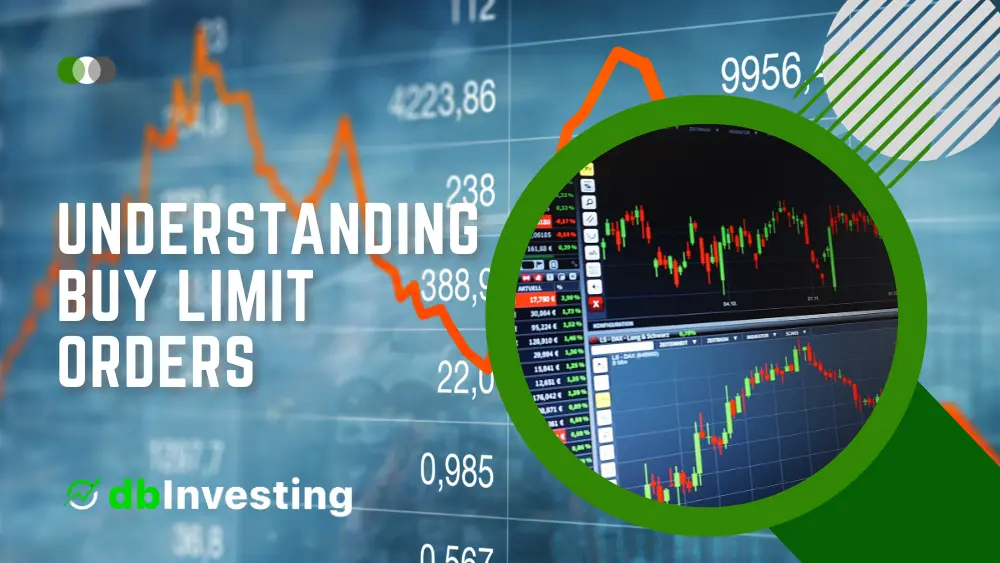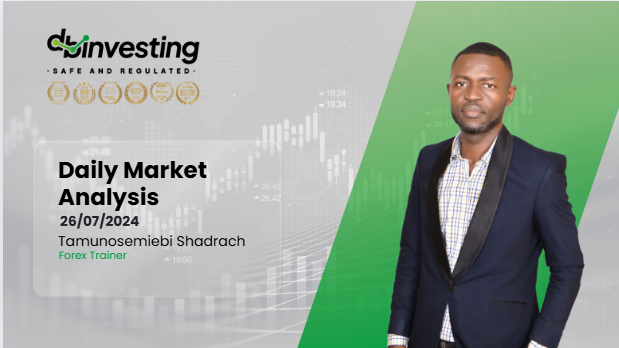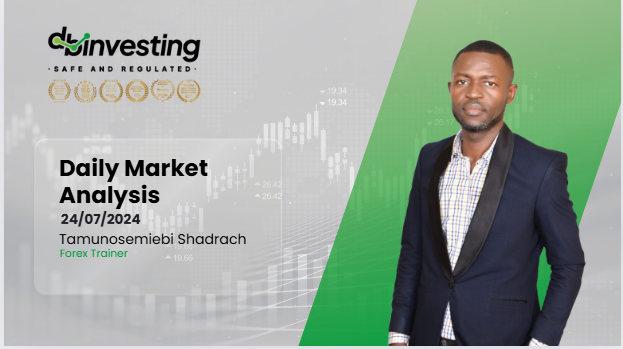In the world of stock trading and financial markets, there are various order types that traders use to execute their strategies. Two commonly used order types are the “Buy Limit Order” and the “Buy Stop Limit Order.” These orders help traders enter and exit positions at desired prices while managing risk effectively.
In this comprehensive article, we will delve into the intricacies of Buy Limit Orders, Buy Stop Limit Orders, and provide practical examples to illustrate their use.
Buy Limit Order
A Buy Limit Order is a type of order placed by a trader to purchase a security (stock, bond, or other financial instrument) at a specific price or lower. It’s a tool used to capitalize on potential price dips, allowing traders to enter a trade when the market reaches a favorable price point.
Components of a Buy Limit Order:
- Price: The trader specifies the maximum price they are willing to pay for the asset. This price is often set below the current market price.
- Quantity: The trader specifies the number of shares or units they want to purchase.
How a Buy Limit Order Works:
- When the market price of the asset reaches or drops below the specified “limit” price, the Buy Limit Order becomes active.
- Once active, the order is executed at the limit price or a better price if available.
- If the specified price is never reached, the order remains pending until it either expires or is canceled by the trader.
Example of a Buy Limit Order:
Suppose you want to buy 100 shares of Company X, which is currently trading at $50 per share. You believe that the stock’s price will dip to $48 or lower before it starts rising again. In this case, you can place a Buy Limit Order with the following details:
- Price: $48 per share
- Quantity: 100 shares
If the stock’s price drops to $48 or lower, your Buy Limit Order will be triggered, and you will buy 100 shares at or below the specified price.
Buy Stop Limit Order
A Buy Stop Limit Order is a more advanced order type that combines elements of a Buy Stop Order and a Buy Limit Order. It is used by traders to enter a trade at a specific price or better after a certain trigger price is reached. This order type is particularly useful for traders who want to confirm a breakout before entering a position.
Components of a Buy Stop Limit Order:
- Stop Price: This is the trigger price at which the order is activated.
- Limit Price: The maximum price at which the trader is willing to buy the asset once the stop price is reached.
- Quantity: The number of shares or units to purchase.
How a Buy Stop Limit Order Works:
- The Buy Stop Limit Order is initially inactive and sits above the current market price.
- When the market price reaches or exceeds the stop price, the order becomes active.
- Once active, the order is converted into a Buy Limit Order, and it will be executed at the specified limit price or better if available.
- If the limit price is never reached after the order becomes active, it remains pending until it expires or is canceled.
Example of a Buy Stop Limit Order:
Suppose Company Y is trading at $60 per share, and you believe that it will experience a significant upward movement if it crosses the $65 mark. However, you want to make sure the breakout is confirmed before you buy. You can place a Buy Stop Limit Order with the following details:
- Stop Price: $65 per share
- Limit Price: $66 per share
- Quantity: 50 shares
If the stock’s price rises to $65 or higher, your Buy Stop Limit Order becomes active and will be executed as a Buy Limit Order at or below $66 per share.
Conclusion
Buy Limit Orders and Buy Stop Limit Orders are essential tools for traders seeking to enter the market at specific price points while managing risk. By understanding how these order types work and their practical applications, traders can implement more precise trading strategies and increase their chances of success in the financial markets.
Remember that the choice between these order types should align with your trading goals, risk tolerance, and market conditions.



